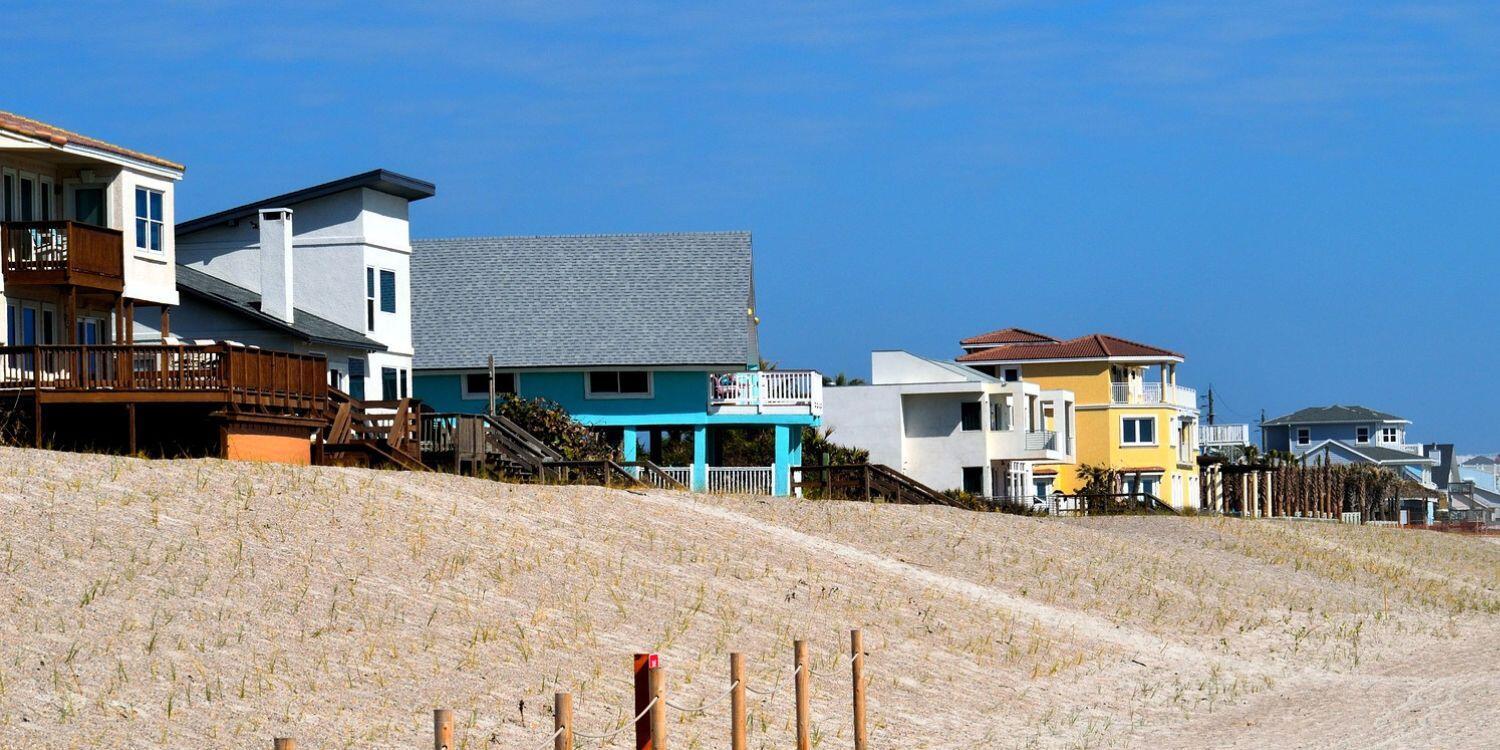We knew the rapid growth of boomtowns during COVID-19 wouldn’t last, especially in areas that offer lower taxes, cost of living, warm weather, and strong jobs. Prices in regions like Florida skyrocketed when the pandemic pushed companies to offer more work-from-home opportunities. An inevitable drop in inventory and higher cost of living emerged in these areas, making them less attractive to buyers.
This guide covers what we predict to be the next hot real estate market based on recent reports by leading industry experts.
The Attractiveness of Mid-Size Markets
Many reports revealed that mid-size markets, with quality inventory, comfortable affordability and the lowest price increases, are positioned well to become hot real estate markets this year. These markets never boomed due to inventory shortages and extremely high prices in previously attractive areas. They’re not megacities, yet they offer stable economies, and career and job opportunities.
While these markets benefit remote employees and other professionals in tech and hospitality, they also offer equally attractive on-site positions for domestic and trade workers. There is plenty of opportunity for those who rely on face-to-face interactions in education, healthcare and manufacturing industries.
They even offer more funding options for minority buyers, veterans, and first-time homeowners who need lower rates and down payments, including VA and FHA loans.
The Statistics That Matter
The majority of these markets have home prices at or below the median for the U.S. ($425,000). In fact, these top markets offer 6% more inventory at affordable median income levels than the rest of the nation (23% versus 17%). It’s a “slow and steady” game. Like the Tortoise and the Hare, they’re more reliable than boom areas and more likely to win the race long-term.
During the boom, their prices were lower than the top 100 U.S. metro locations (10.5% compared to 12.6%), although their sales declined at a slower percentage (9.1% versus 12.3%). If these regions perform as expected, their prices and sales will actually increase in 2023, compared to the rest of the nation (7.4% versus 5.4%) and (5.2% versus -14.1%), respectively.
That last number doesn’t contain a typo. The top 10 hot real estate markets will experience incredible gains while the rest of the nation experiences a massive decline.
Hot, Hot, Hot… These Markets Attract Mega Money
Obviously, with prices near or below $400,000, these 10 cities offer buyers the chance to have a positive piece of the American Dream without becoming weighed down by any of the negatives found in a boomtown, major metro, and mega city locations. These cities should remain stable sources of listings and sales for the foreseeable future:
- Hartford-West Hartford, Connecticut ($372,000 median and +15% price and sales change)
- El Paso, Texas ($291,000 and +14.3%)
- Louisville, Kentucky ($290,000 and +13.6%)
- Worcester, Massachusetts ($447,000 and +13.1%)
- Buffalo-Cheektowaga, New York ($240,000 and +12.3%)
- Augusta, Georgia-South Carolina ($319,000 and +11.9%)
- Grand Rapids-City of Wyoming, Michigan ($358,000 and +11.6%)
- Columbia, South Carolina ($300,000 and +11.3%)
- Chattanooga, Tennessee ($397,000 and +11.1%)
- Toledo, Ohio ($161,000 and +10.9)
The writing is on the wall in many major cities, such as Boston, DMV (D.C., Maryland, NoVa-Virginia), and New York City. Those living in these regions face some of the highest prices anywhere in the country. New York City, for example, has a median home price of $670,000. As a result, sellers in mid-size markets can expect an influx from buyers in other states or major metros in their own states who are desperate for affordable housing and communities.

